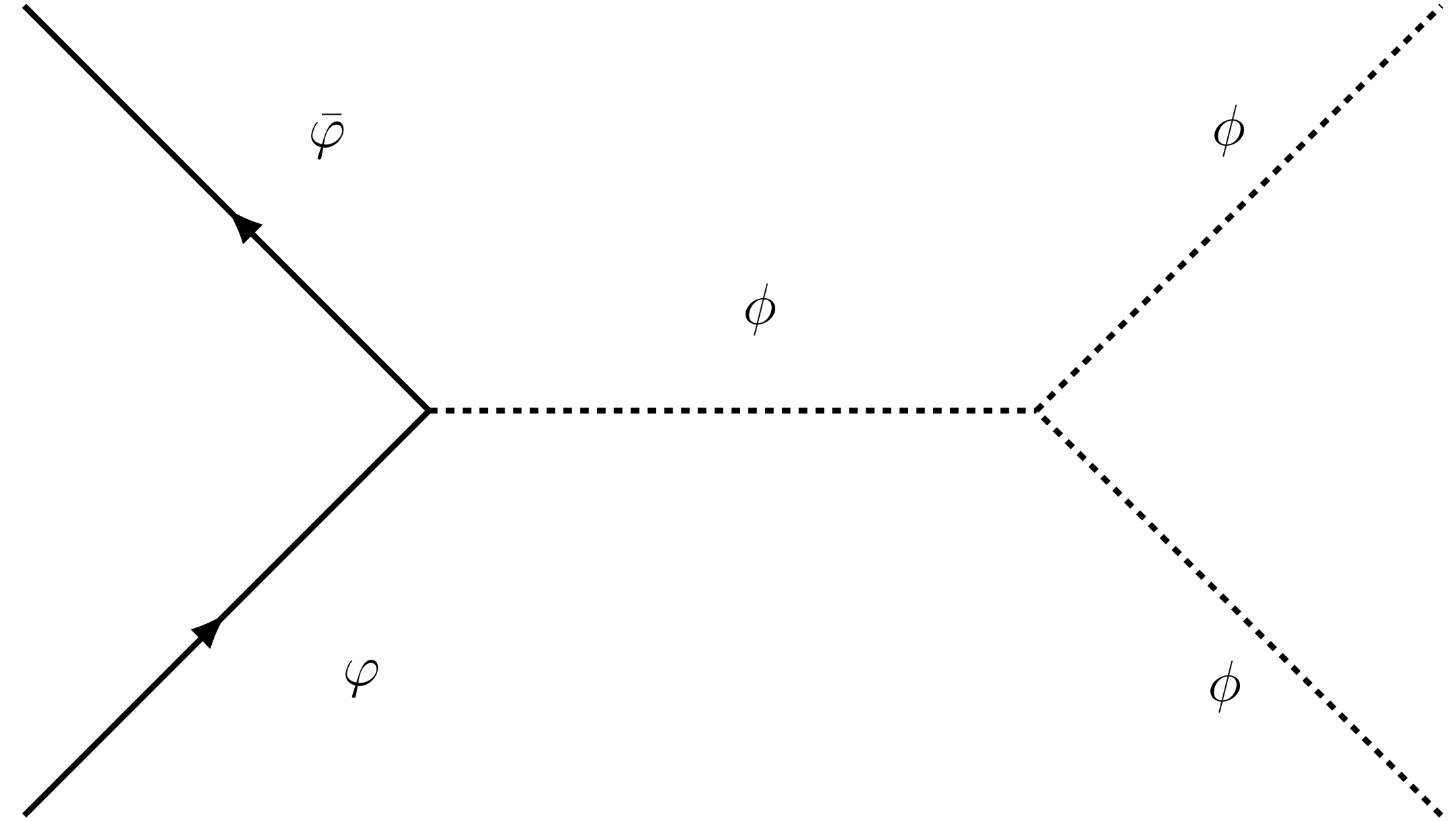What is meant by the "general formula for the scattering process"?
In an old exercise my lecturer gave me, I am told to:
Give the Lagrangian for a scalar Yukawa Scattering:
$$\mathcal{L}= \frac{1}{2} \partial_\mu \phi \partial ^\mu \phi - \frac{1}{2} m^2 \phi^2 + \partial_\mu \varphi^* \partial^\mu \varphi - M^2 \varphi^* \varphi - g \varphi^* \varphi \phi - g\phi^3$$
where $\varphi,\bar{\varphi}$ are associated to a complex scalar field and $\phi$ is associated with a real scalar field.
I am told to write the general formula for the scattering process $a_1 + a_2 \to b_1 + b_2$ ,
I understand that the last two terms in the Lagrangian tell me that there are two interaction vertices in this Lagrangian, and I can draw them, but in this case, being it a "general formula", should I just not be leaving all my calculations in terms of $a_1$, $a_2$ , $b_1$ and $b_2$, instead of it being in terms of $\phi$ and of $\varphi$?

